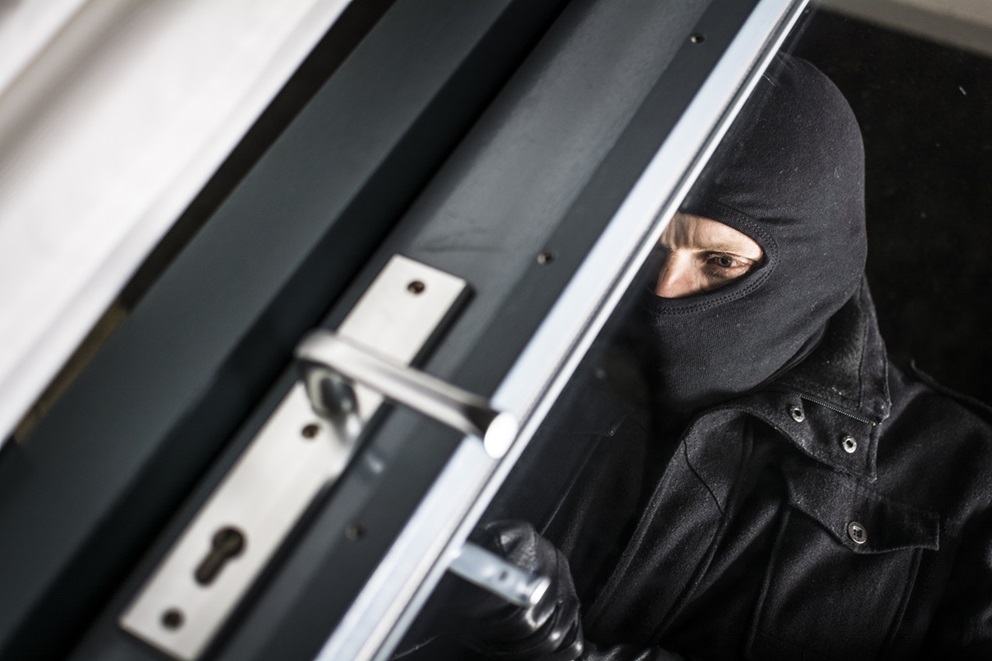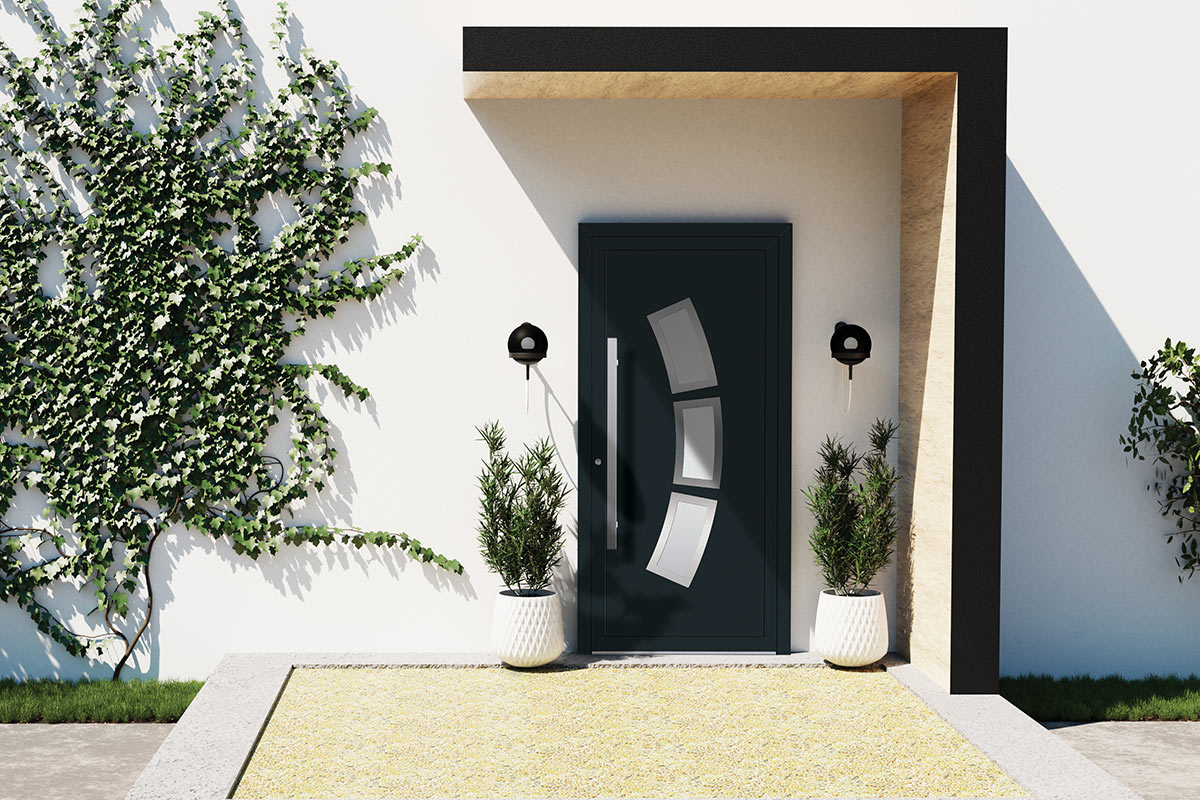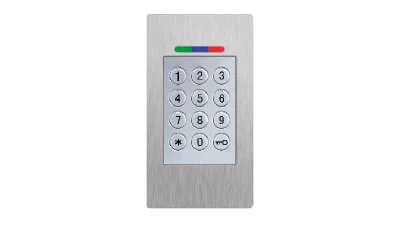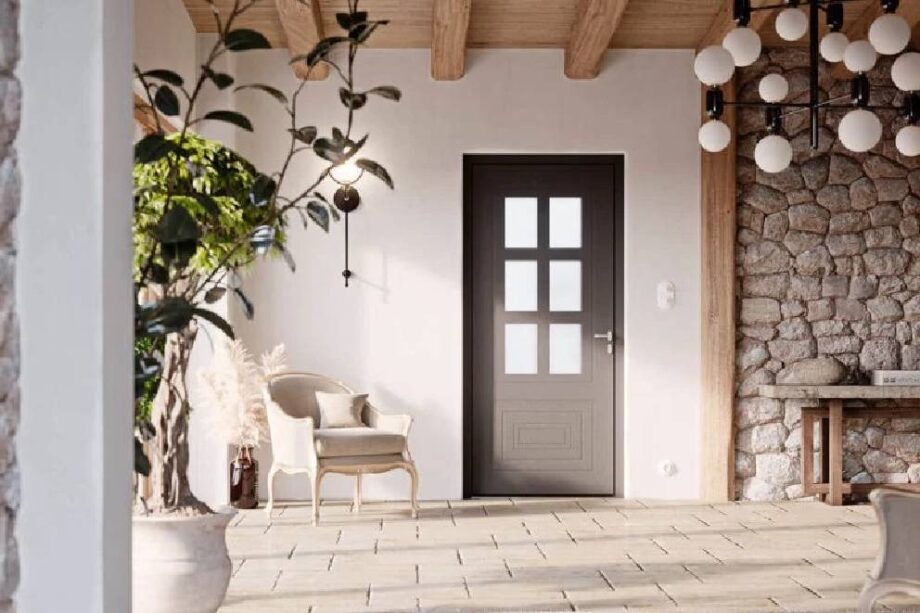Front Door Safety Classes: What You Need to Know

Your front door is more than just an entryway—it’s your home’s first layer of security. While homeowners often prioritize interior design or landscaping, front door security is a critical factor that can easily be overlooked. Strengthening your front door can dramatically enhance your home’s defense against potential intruders and safety risks.
In this article, we’ll explore the key elements of front door safety, from the basics of door construction to advanced locking systems.
What are Safety Classes for Front Doors?
Front door safety classes refer to the standards and certifications that determine a door’s ability to protect your home from forced entry, weather-related damage, and other security risks. These classifications provide homeowners with essential information about a door’s construction and security features, helping them make informed decisions when choosing a front door.
When we talk about front door security, it’s not just about having a sturdy lock. These safety standards take into account factors like door materials, frame strength, and the latest in smart security technology, providing a comprehensive understanding of what makes a door truly secure.
A key part of understanding these safety classes is recognizing the importance of certifications from organizations like ASTM (American Society for Testing and Materials) and AAMA (American Architectural Manufacturers Association), which set the benchmarks for door performance:
- ASTM standards focus on:
- Forced entry resistance
- Impact resistance
- Durability under extreme weather conditions
- AAMA certifications cover:
- Structural integrity
- Air and water infiltration resistance
- Energy efficiency
These certifications aren’t just technical jargon; they directly affect how well your front door can protect your home. A door that meets ASTM and AAMA standards is better equipped to withstand forced entry, harsh weather, and everyday wear and tear.
Moreover, installing certified doors can even lower your home insurance premiums, as many insurers offer discounts for homes with secure, certified entry points.

C1, C2, or C3 – Which Front Door Safety Class is Right For Your Home?
When exploring front door safety, you’ll come across three primary security classifications: C1, C2, and C3. Each represents different levels of protection, suited for a variety of security needs—ranging from basic residential defense to high-security solutions for risk-prone properties.
C1-class doors provide fundamental protection, focusing on essential door construction and basic security features. These doors typically incorporate standard locking mechanisms and are ideal for residential homes in low- to moderate-risk areas. While not the most advanced, C1 doors offer a solid defense against common forced entry attempts, making them a practical choice for everyday home security.
For homeowners seeking enhanced protection, C2-class doors offer a higher level of security. These doors feature advanced multi-point locking systems that secure the door at multiple points along the frame, significantly increasing resistance to forced entry. C2 doors are built with more durable materials, providing greater protection against aggressive break-in methods. They also often integrate smart security features, such as video doorbells and digital entry systems, creating a comprehensive security solution for homes in higher-risk areas or those with valuable possessions.
At the highest level, C3-class doors are designed for maximum security, often used in commercial properties or residences with elevated security needs. These doors incorporate cutting-edge technologies like biometric access controls and are constructed from highly resistant materials capable of withstanding extreme force. C3 doors are integrated into complex, multi-layered security systems, which work together.
Choosing between C1, C2, and C3-class doors depends on your specific security needs and your comfort with technology. Additionally, it’s important to consider your budget, as higher security levels often come with increased costs. Regardless of the class you choose, these security features provide the tools to safeguard your front door and protect your home.
Introducing Elite Door System by OKNOPLAST
The Elite Door System is engineered for superior strength. With a total door thickness of 90 mm and panel options of either 76 mm or 90 mm, the door is built to withstand significant force. The panels are composed of two 3 mm thick aluminum sheets, filled with high-performance thermal insulation material, enhancing both security and energy efficiency. This design allows the door to achieve thermal transmittance values as low as 0.69 [W/m²K], ensuring both safety and energy savings.

RC2 and RC3 Class Certifications
One of the standout features of the Elite Door System is its certification in RC2 and RC3 resistance classes. These security standards indicate the level of protection the door offers:
- RC2 provides defense against opportunistic burglars using basic tools.
- RC3 offers enhanced protection, defending against more experienced intruders with heavy-duty tools.
These certifications allow homeowners to select the appropriate security level based on their personal needs and risk factors.
Advanced Locking and Tamper-Resistant Features
The Secury Automatic 2 locking system is a key highlight of the Elite Door System. This self-locking mechanism secures the door at three points as soon as it closes, removing the need for manual locking. A full-length strike plate further enhances resistance to forced entry, providing superior security.
Additionally, the door comes equipped with a ring-shaped escutcheon, designed to protect the lock cylinder from tampering. The non-blocking key cylinder feature also ensures that the door can still be unlocked from the outside, even if a key is left in the lock on the inside, preventing accidental lockouts.

Three-Piece Adjustable Roller Hinges
The security features extend to the hinges as well. The three-piece roller hinges are adjustable in three dimensions, ensuring a perfect fit that leaves no gaps for intruders to exploit. This adjustability also ensures that the door remains secure over time, even as the house settles or seasonal changes occur.
This overview only scratches the surface of what the Elite Door System from OKNOPLAST has to offer. For a deeper understanding of the advanced features and customization options available, we encourage you to visit one of our certified dealers. They can provide you with personalized advice and help you explore how this exceptional system can be tailored to meet your security and aesthetic needs.

Secure Front Doors – Final Thoughts
Securing your front door is more complex—and essential—than it might initially seem. From basic security principles to advanced systems like the Elite Door System by OKNOPLAST, there’s a wealth of knowledge to help you protect your home.
- Comprehensive Security: Front door safety is about more than a sturdy lock; it involves understanding door materials, frame strength, and modern security technology.
- Informed Decisions: Safety classes equip you to make well-balanced decisions that consider security, aesthetics, and budget.
- Tailored Solutions: Whether you choose a C1 for the basics or C3 for advanced protection, the right class ensures you get the security level that fits your needs. Also, remember that the manufacturer should provide proof of achieving specific certifications.
- Staying Current: As security technology evolves, these classes help keep your home’s defenses up-to-date.
- Peace of Mind: Investing in front door safety not only protects your property but contributes to a safer, more secure home environment.
Check our blog for more inspiration and practical guides on selecting windows, front doors, and patio doors.
We’re here to support you at every stage
Request a quote, consult your project, or simply ask us anything—we’re ready to help make your vision a reality.
Send a request
"*" indicates required fields



